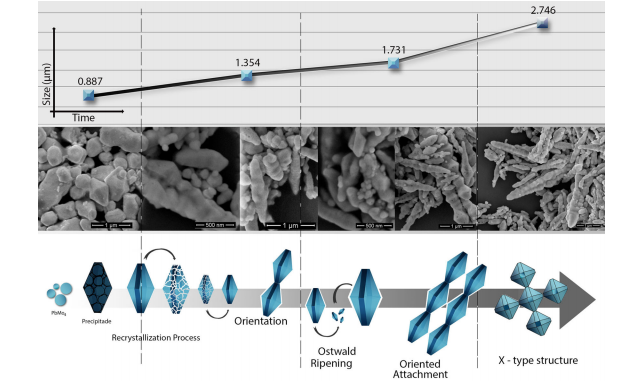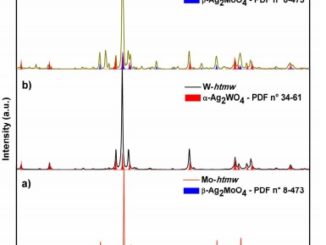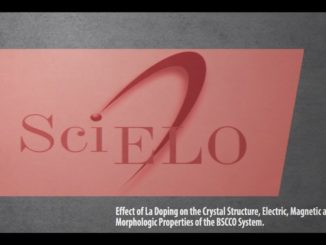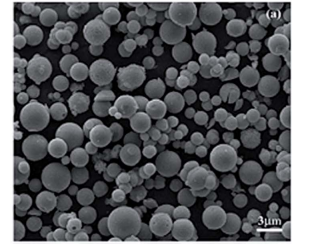
Author(s): Gurgel, G. M.
Abstract: Lead molybdate (PbMoO4) crystals were synthesized by the facile sonochemical method at 20 kHz frequency with a variable ultrasonic amplitude and synthesis time. These crystals were structurally characterized by X-ray diffraction (XRD). Field emission scanning electron microscopy images were employed to observe the evolution of the crystal growth process. XRD patterns indicate that these crystals have a scheelite-type tetragonal structure. The growth mechanism of PbMoO4 crystal was proposed to explain the development stages starting with precipitates formed by particles with disordered growth to form dendritic structures. The effect of the amplitude processing applied was rather significant for the size range of the particles produced. The optical properties were analyzed by ultraviolet-Visible (UV-Vis) absorption spectroscopy and photoluminescence (PL) measurements. The spectrum shows that the sample has a typical green emission. The origin of the PL emission spectrum of the metal molybdates might be ascribed to the charge-transfer transitions within [MoO4] clusters.
PDF: Evaluation of morphology and photoluminescent properties of PbMoO4 crystals by ultrasonic amplitude




